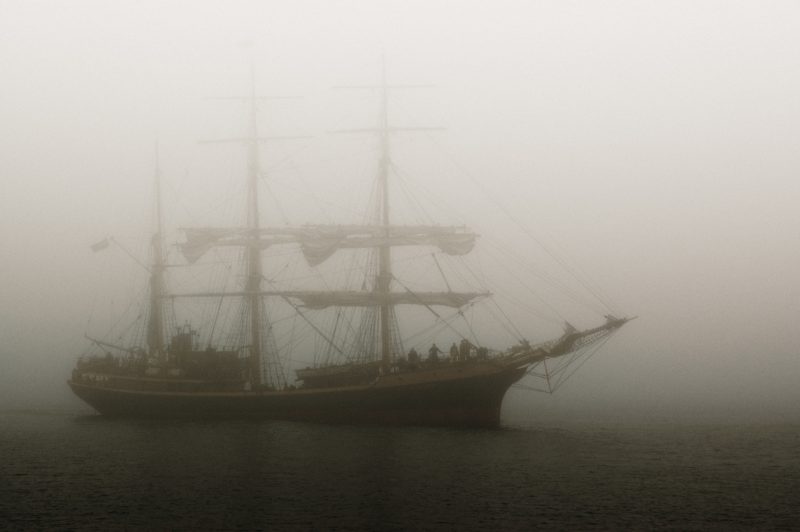 |
Photo: Buffalo City Tourism |
Hood Point Lighthouse
This lighthouse began operating on June 4, 1895. It is 14 m high and centres on a white, round stone tower. The lantern dome is painted red. Before the building of the lighthouse, the Castle Point Lighthouse served the area. The Hood Point Lighthouse was declared a provincial heritage site on May 22, 1998, under the National Heritage Resources Act.
The lighthouse is situated two kilometres from the root of the harbour breakwater on the west bank within the boundaries of the city of East London. Hood Point, one of the most popular stations in the service, has a delightful parklike golf course on its western boundary which outweighs the imposing presence of a nearby cemetery on its north-eastern flank.
This lighthouse was established on the recommendation of the colonial government's lighthouse commission of 1890 and was lit for the first time on 4 June 1895. The tower is a nineteen-metre circular concrete structure which was constructed by Messrs Hendry & Pearce and the clerk of works was H Freeman. The lantern and optic equipment were supplied by Messrs Chance Brothers of Birmingham, England, and were erected by their engineer, Stokes. The optical apparatus is a first-order quadruple group flashing lens system comprising four dioptric panels with a totally reflecting prismoidal mirror of 180 degrees. It rotates on a mercury bath and is centralised by means of ballbearings on a central vertical steel shaft. The lens makes one complete revolution in forty seconds and was powered by a weight-driven clockwork machine (3 cwt). The original light source was a five-wick Trinity House, Douglass burner which provided a final light beam intensity of 7 500 cd. This wick burner was replaced by a petroleum vapour burner in 1910, which resulted in the candlepower being increased to 375 000 cd. When initially installed, the lightkeeper experienced some problems with the wick burner. The burner worked satisfactorily on four wicks but tended to flare when the fifth wick was introduced.
The focal plane of the light is fifty-five metres above mean sea-level; the character is four white flashes every forty seconds and the light is visible for thirty-one sea miles. The tower was originally painted in squares of vermillion and white. This was changed to all white in March 1929.
[Extracted from Williams, H A. 1993. Southern Lights. Cape Town. William Waterman Publications. p, 84.]



















